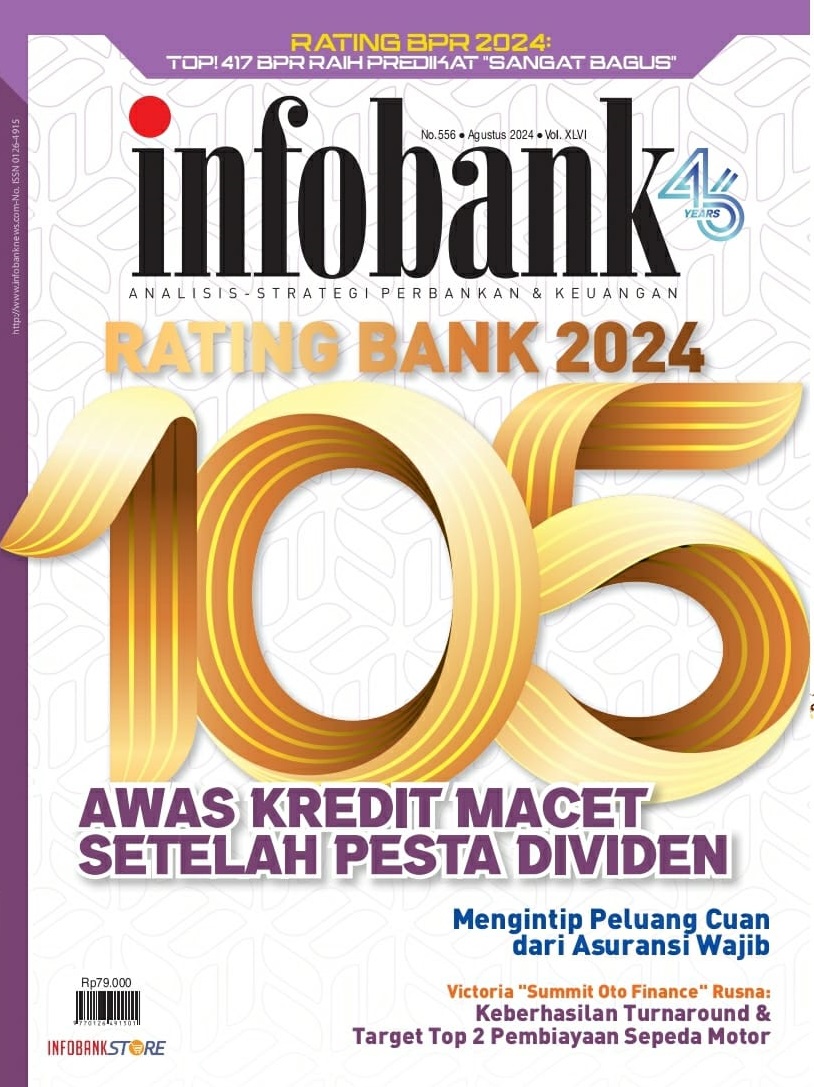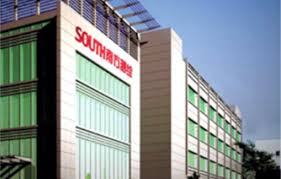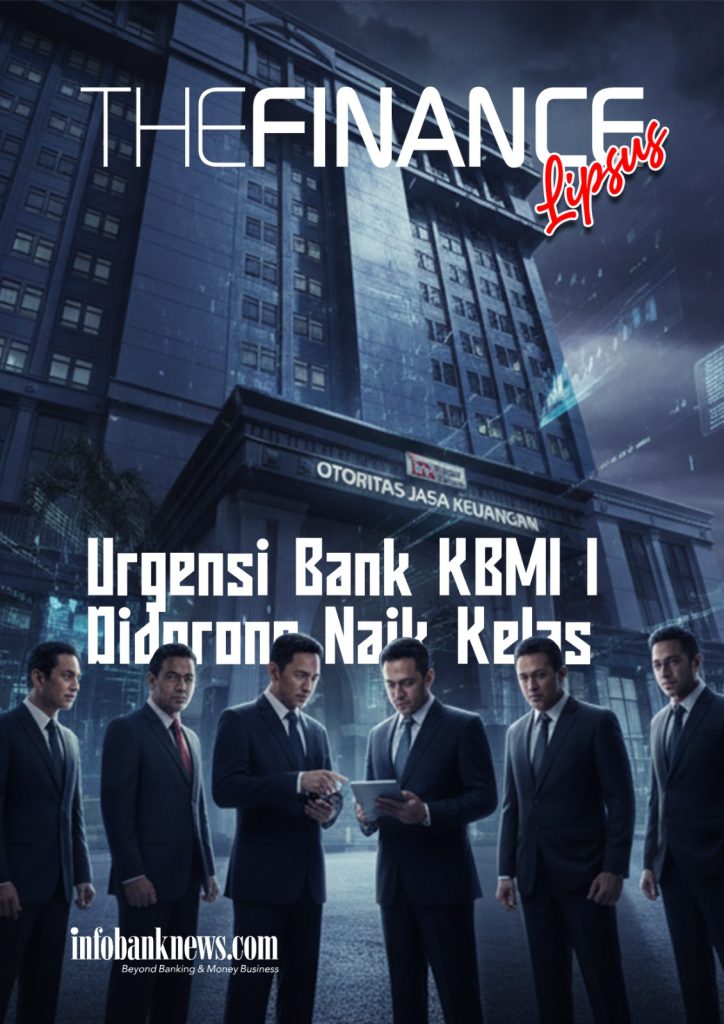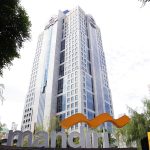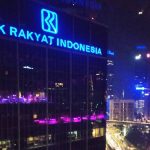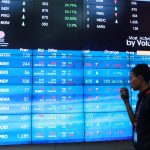By Karnoto Mohamad, Deputy Editor-in-Chief of Infobank
The Infobank Research Bureau has again announced the results of the Rating 105 Commercial Banks 2024. In this rating study, there is a challenge of how banks whose capital is getting bigger can produce capital and assets when credit growth is only in the range of 10 percent.
Meanwhile, lower-tier banks are also in a dilemma because of their limited capital and low business scale. When capital strengthening must be done to meet regulatory requirements as well as, but on the other hand, the capital adequacy ratio is still very thick. This means that much of the existing capital is unproductive.
There are 72 banks with assets of less than Rp50 trillion that have an average capital adequacy ratio (CAR) of 48.88 percent, or higher than 21 banks with assets above Rp100 trillion that have an average CAR of 24.63 percent.
According to the Infobank Research Bureau study, a bank’s business base affects its level of profitability. In 2023, 72 banks with assets of less than Rp50 trillion recorded an average return on equity (ROE) of only 5.04 percent and a return on assets (ROA) of only 1.13 percent. In comparison, the 31 banks with assets above Rp50 trillion had an average ROE of 10.19 percent and ROA of 1.73 percent.
Without counting KB Bank’s profitability, which was negative last year, the ROE and ROA of the 30 largest banks reached 12.23 percent and 2.04 percent, respectively. This indicator is clarified by the profitability of 21 banks with assets above Rp100 trillion, which on average recorded an ROE of 12.62 percent and ROA of 2.15 percent.
The lower profitability of lower-tier banks is influenced by competitiveness, especially in capturing party funds when. As a result, lower-tier banks, such as the 62 banks in KBMI-1, have less productive capital because on average they have a high CAR of 43.88 percent.
Last year, the credit of banks in this group only grew by 9.4 percent, one of which was held back by tight liquidity where the average loan to deposit ratio (LDR) reached 103.28 percent, for example the LDR of hot private banks such as Krom Bank which was 527.91 percent, Bank Amar Indonesia 373.61 percent, Super Bank Indonesia 316.89 percent, and Sinhan Indonesia 145.13 percent.
These indicators prove that the scale of business greatly affects the competitiveness and ability of banks to generate profitability. Currently, loans that generate interest income are still the main engine of income for banks.
However, as in recent years and into the future, banks’ NIM could experience a downward trend due to competition in the open market as well as soaring interest expenses when interest rates are high, so banks must try to increase the role of commission-based income to maintain income growth.
Banks whose entire income comes from net interest income must be careful because their profitability can be immediately depressed when their credit quality is overshadowed by non-performing loans, which are trending upwards as happened in 2024.
What is the profitability of the 105 commercial banks that are one of the assessment variables in the Infobank 2024 Rating of 105 Banks? Which banks are upgraded from KBMI-1 to KBMI-2 and from KBMI-2 to KBMI-3? Which bank achieved the highest score and which bank managed to maintain Excellent performance for 20 and 25 consecutive years?
Also check out the 417 BPRs that worked hard to survive with excellent performance amidst the slowdown in the MSE loan segment in Infobank Magazine Number 556 August 2024.


